This pub is closed permanently. Your nearest Wetherspoon pub: The Mary Shelley or The Moon in the Square
A statue was placed outside Bournemouth Conference Centre in 1998, commemorating three local holders of the Victoria Cross and the town’s first surveyor, Christopher Crabb Creeke. He was largely responsible for shaping the early development of Bournemouth, a town of meandering roads and spacious villas. He was also the first sanitary engineer. In an attempt at seaside postcard humour, the statue’s sculptor has depicted Creeke sitting on a lavatory, stroking his beard. It had a mixed reception.
Prints and text about The Hippodrome.
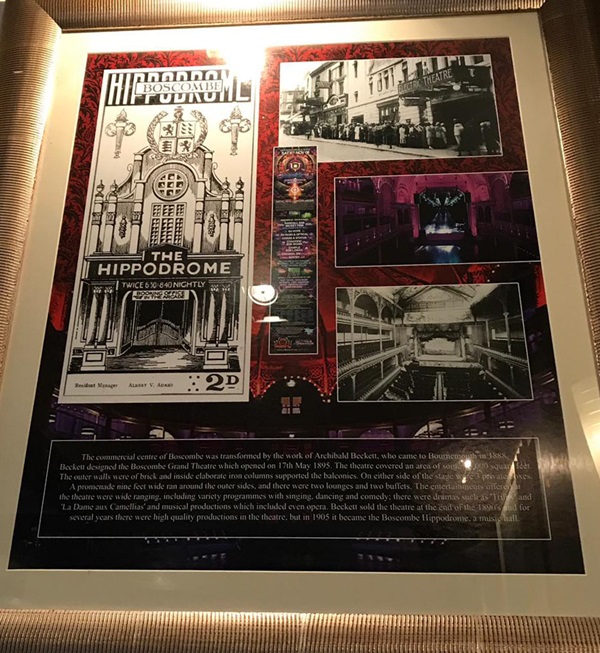
The text reads: The commercial centre of Boscombe was transformed by the work of Archibald Beckett, who came to Bournemouth in 1888. Beckett designed the Boscombe Grand Theatre which opened on 17 May 1895. The theatre covered an era of some 13,000 square feet. The outer walls were of brick and inside elaborate iron columns supported the balconies. On either side of the stage were 3 private boxes. A promenade nine feet wide ran around the out sides, and there were two lounges and two buffets. The entertainments offered at the theatre were wide ranging, including variety programmes with singing, dancing and comedy; there were dramas such as Trilby and La Dame aux Camellias and musical productions which included even opera. Beckett sold the theatre at the end of the 1890s and for several years there were high quality productions in the theatre, but in 1905 it became the Boscombe Hippodrome, a music hall.
Prints and text about Bournemouth Railway Station.
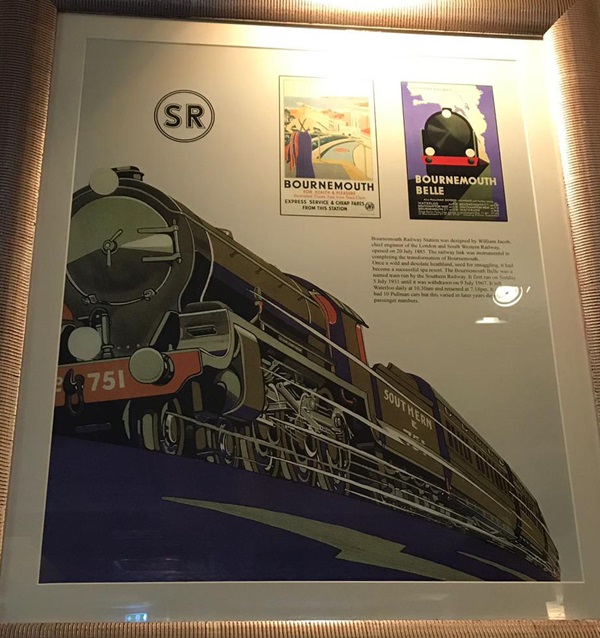
The text reads: Bournemouth Railway Station was designed by William Jacob, chief engineer of the London and South Western Railway, opened on 20 July 1885. The railway link was instrumental in completing the transformation of Bournemouth. Once a wild and desolate heathland, used for smuggling, it had become a successful spa resort. The Bournemouth Belle was a named train run by the Southern Railway. It first ran on Sunday 5 July 1931 until it was withdrawn on 9 July 1967. It left Waterloo daily at 10:30am and returned at 7:18pm. It originally had 10 Pullman cars but this varied in later years dependant on passenger numbers.
Photographs, an illustration and text about the Arcade.
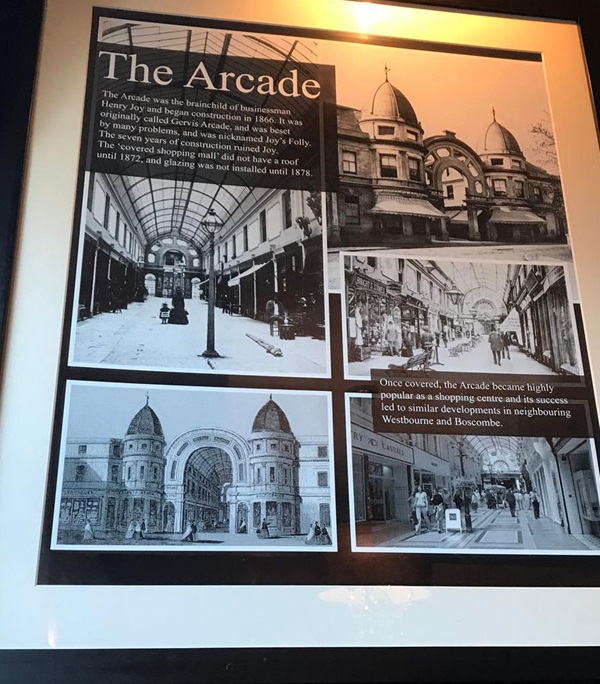
The text reads: The Arcade was the brainchild of businessman Henry Joy and began construction in 1866. It was originally called Gervis Arcade, and was beset by many problems, and was nicknamed Joy’s Folly. The seven years of construction ruined Joy. The `covered shopping mall’ did not have a roof until 1872, and glazing was not installed until 1878.
Photographs and text about local Victoria Cross winners.
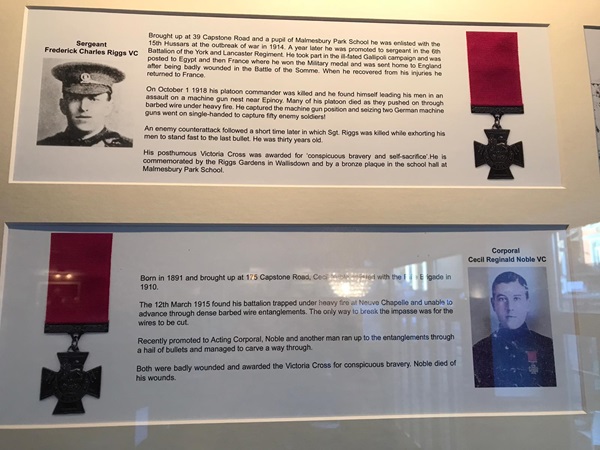
The text reads:
Sergeant Frederick Charles Riggs VC.
Brought up at 39 Capstone Road and a pupil of Malmesbury Park School he was enlisted with the 15th Hussars at the outbreak of war in 1914. A year later he was promoted to sergeant in the 6th Battalion of the York and Lancaster Regiment. He took part in the ill-fated Gallipoli campaign and was posted to Egypt and then France where he won the Military medal and was sent home to England after being badly wounded in the Battle of the Somme. When he recovered from his injuries he returned to France.
On October 1 1918 his platoon commander was killed and he found himself leading his men in an assault on a machine gun net near Epinoy. Many of his platoon died as they pushed on through barbed wire under heavy fire. He captured the machine gun position and seizing two German machine guns went on single-handed to capture fifty enemy soldiers!
An enemy counterattack followed a short time later in which Sgt Riggs was killed while exhorting his men to stand fast to the last bullet. He was thirty years old.
His posthumous Victoria Cross was awarded for `conspicuous’ bravery and self-sacrifice’. He is commemorated by the Riggs Gardens in Wallisdown and by a bronze plaque in the school hall at Malmesbury Park school.
Corporal Cecil Reginald Noble VC.
Born in 1891 and brought up at 175 Capstone Road, Cecil Noble enlisted with the Rifle Brigade in 1910.
The 12 March 1915 found his battalion trapped under heavy fire at Neuve Chapelle and unable to advance through dense barbed wire entanglements. The only way to break the impasse was for the wires to be cut.
Recently promoted to Acting Corporal, Noble and another man ran up to the entanglements through a hail of bullets and managed to carve a way through.
Both were badly wounded and awarded the Victoria Cross for conspicuous bravery. Noble died of his wounds.
Old photographs of Bournemouth.
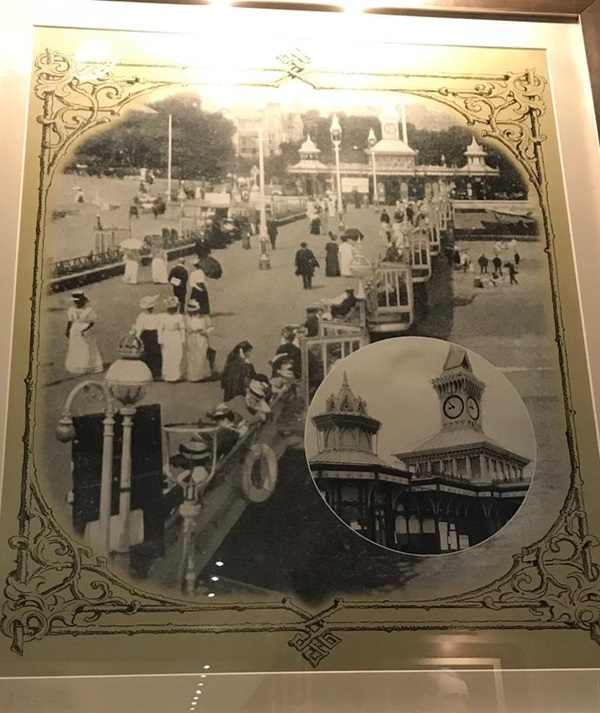
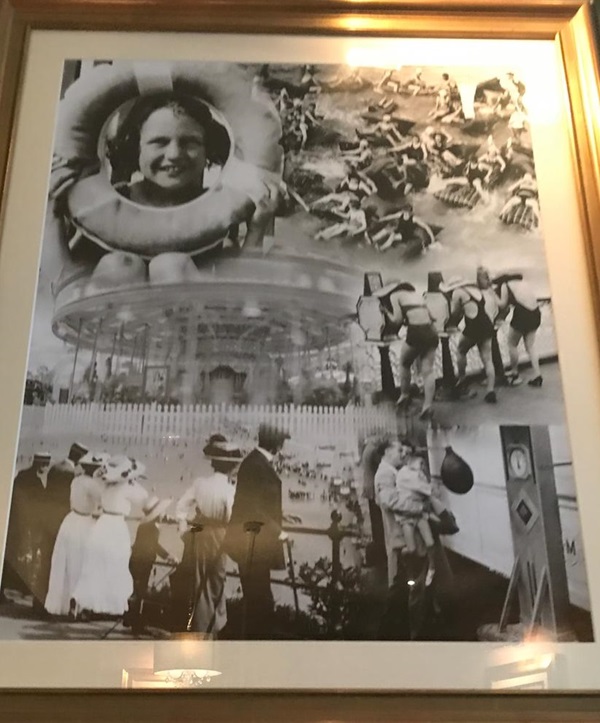
External photograph of the building – main entrance.
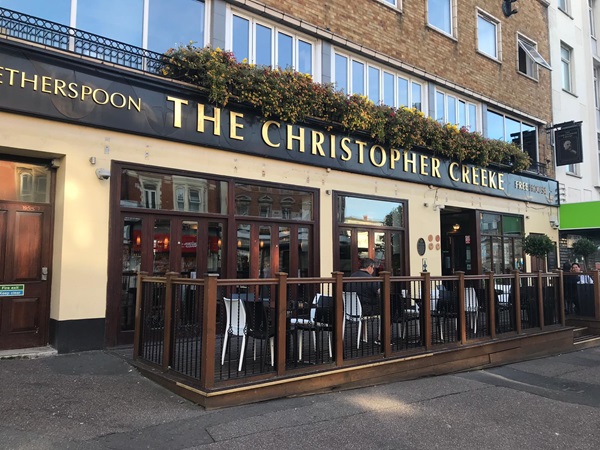
If you have information on the history of this pub, then we’d like you to share it with us. Please e-mail all information to: pubhistories@jdwetherspoon.co.uk